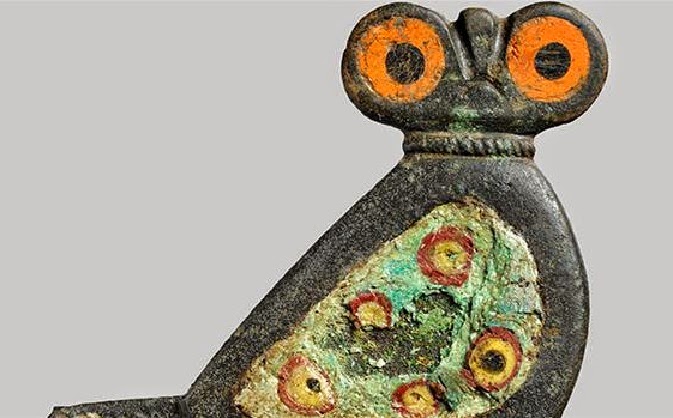This photomicrograph reveals Mycobacterium tuberculosis bacteria using acid-fast Ziehl-Neelsen stain; Magnified 1000 X. The acid-fast stains depend on the ability of mycobacteria to retain dye when treated with mineral acid or an acid-alcohol solution such as the Ziehl-Neelsen, or the Kinyoun stains that are carbolfuchsin methods specific for M. tuberculosis. Credit: public domain
Samples from mummies in a Hungarian crypt have revealed that multiple tuberculosis strains derived from a single Roman ancestor that circulated in 18th-century Europe, scientists said Tuesday.
Their findings, published in the journal Nature Communications, drew on a remarkable, if gruesome, source.
In 1994, workers restoring a Dominican church in Vac, Hungary, stumbled upon the remains of more than 200 people whose corpses had become naturally mummified.
The individuals, many of them wealthy Catholics, had been placed fully clothed in coffins in the church crypt just north of the capital Budapest between 1731 and 1838.
A microclimate of exceptionally dry air prevented the bodies and garments from rotting.
Read the rest of this article...



